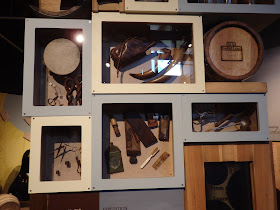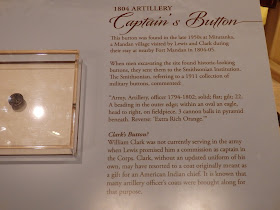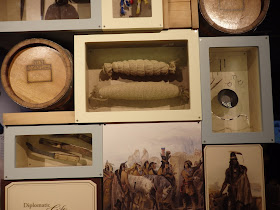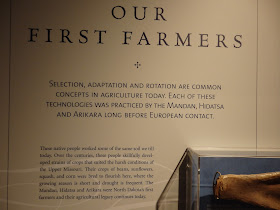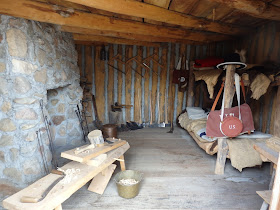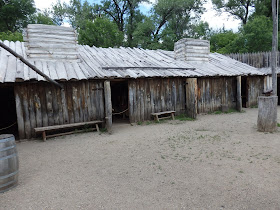 |
| The two huge storage units are for anhydrous ammonia. |
 |
| They have several places where the trucks can park to load anhydrous. |
 |
| The rail line has multiple spurs. |
 |
| Did you wonder how we got high enough to take the first couple of photos of the plant? Well we went up to the overlook. Not the greatest road in the world. |
 |
| They had a dragline bucket on the hill. |
 |
| I could have actually driven up into it! |
 |
| One of the little trucks delivering coal to the plants. |
 |
| This was the bridge the "little" trucks used to get from the coal mine to the plants. |
 |
| A dragline at work. |















